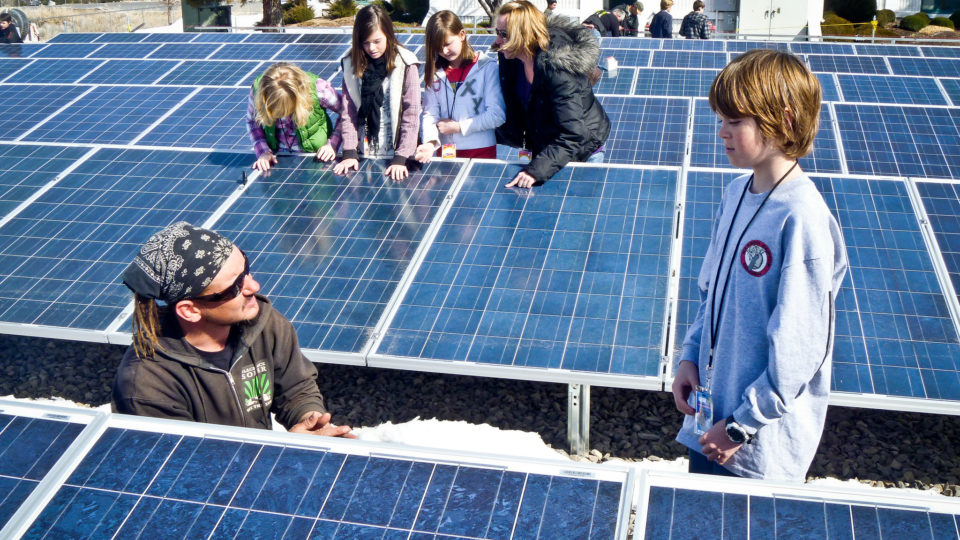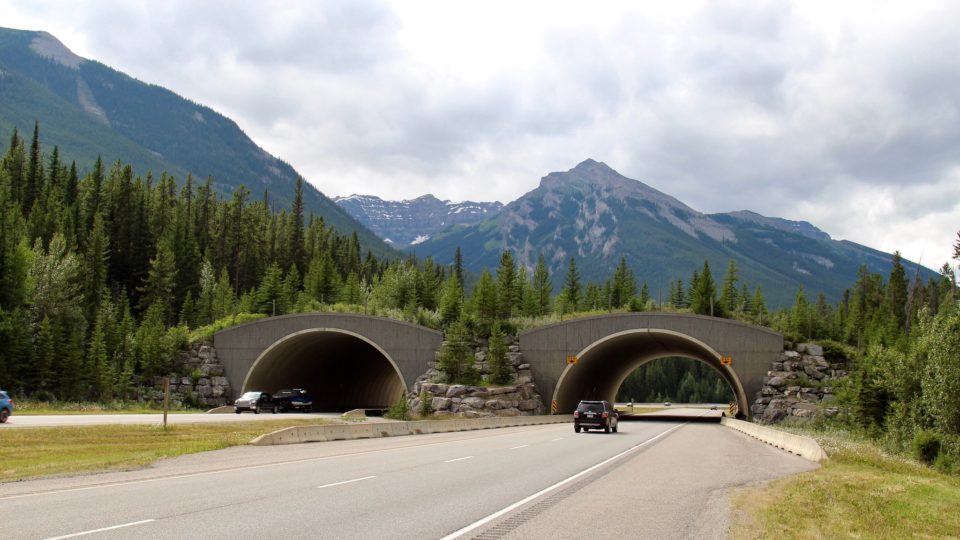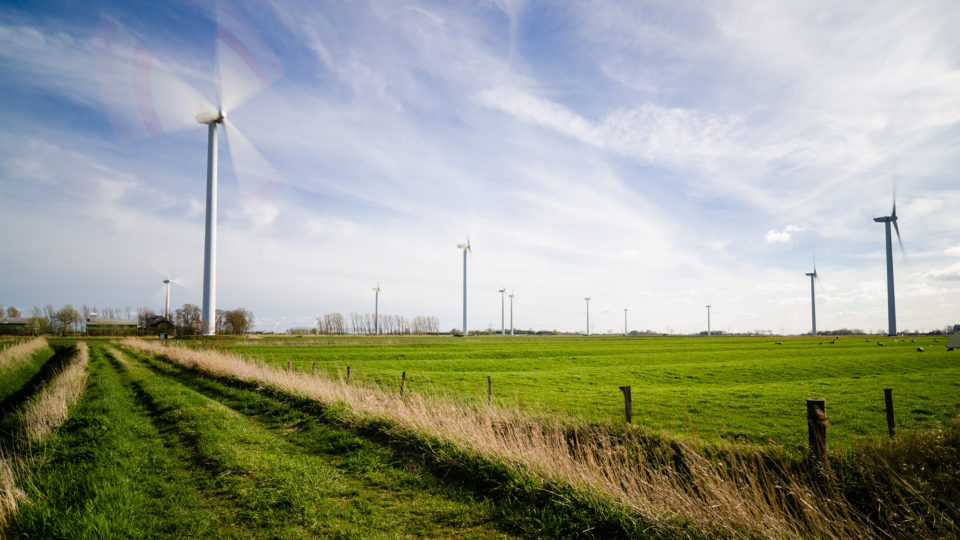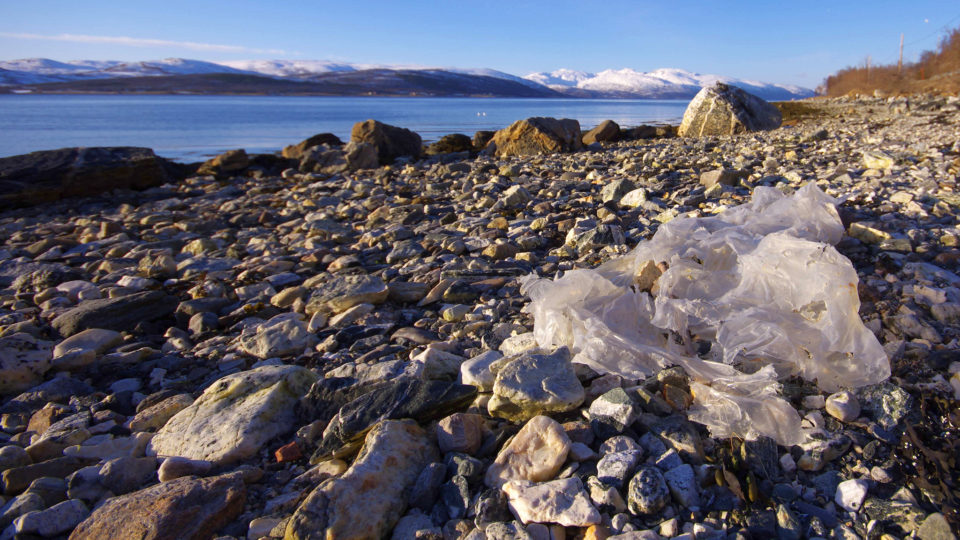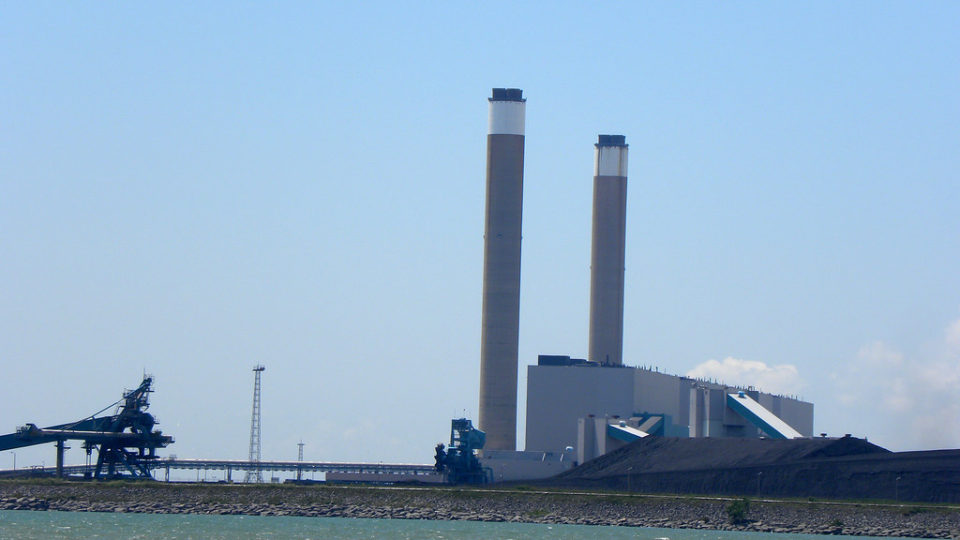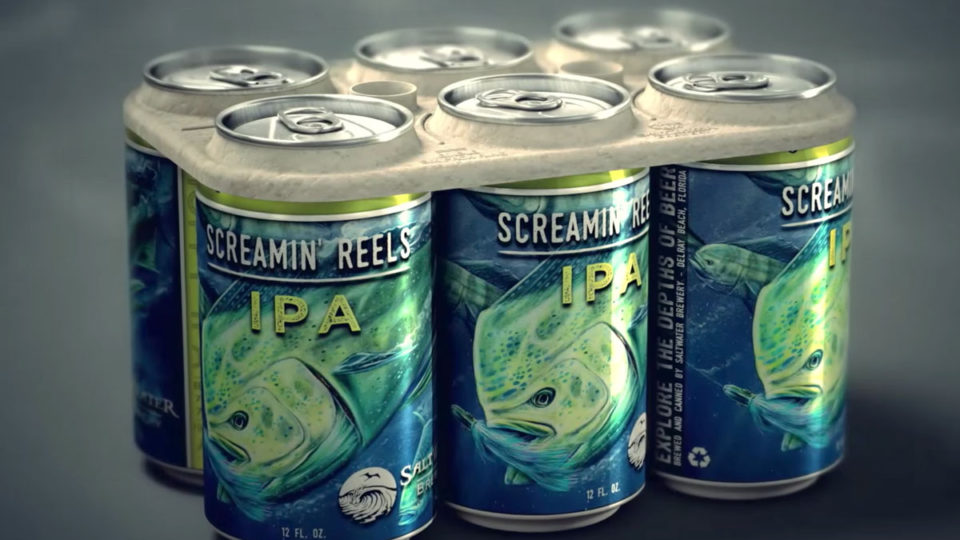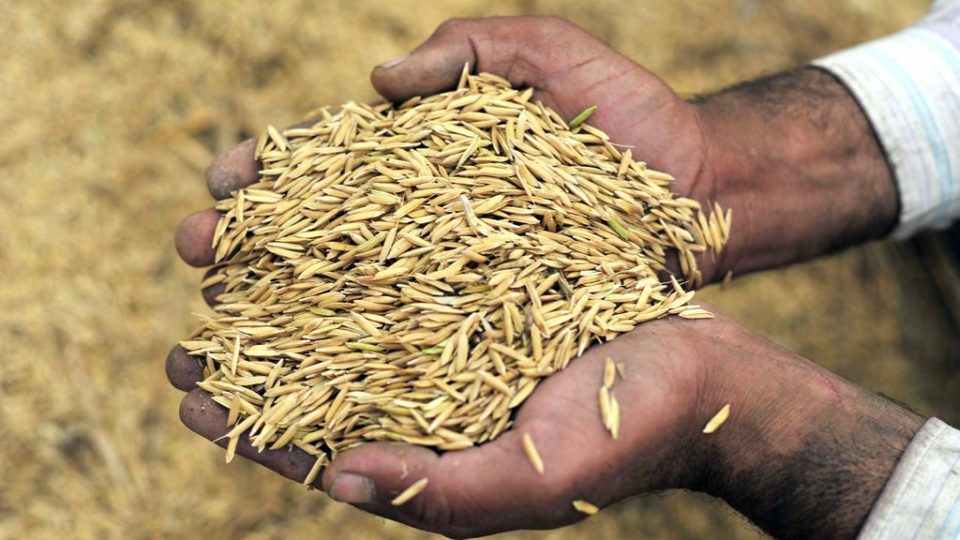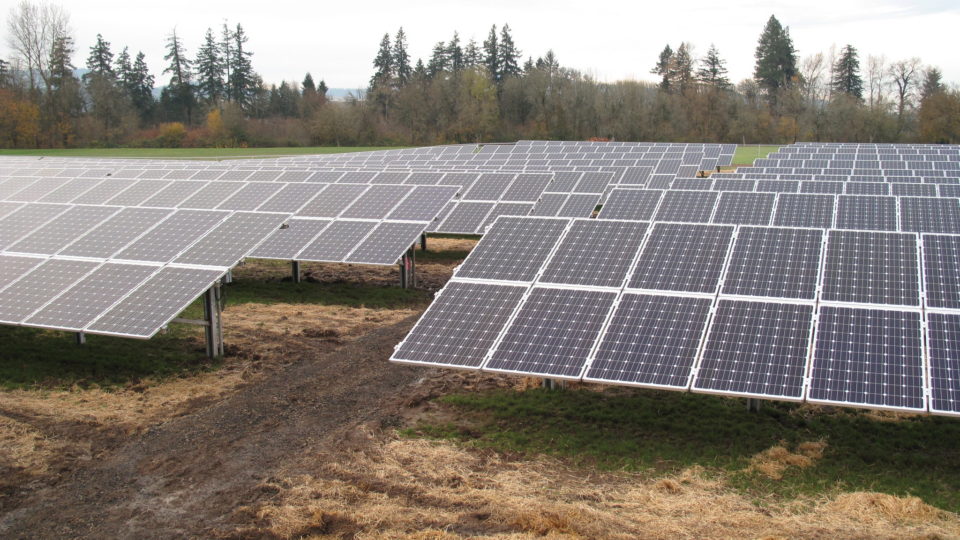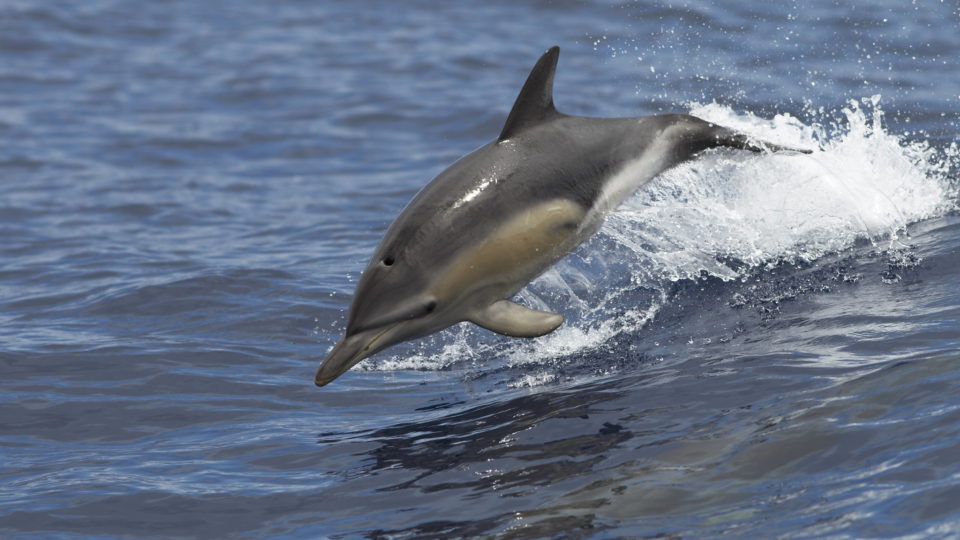A new sensor technology developed at Washington State University may eventually make expiration dates on milk a thing of the past. The sensor essentially can ‘smell’ whether milk is still good or has gone bad.
The sensor consists of chemically coated nanoparticles that react to the gas produced when bacterial growth on milk has taken place. When such bacteria grow, they produce a volatile compound that doesn’t smell good. So, when we open a carton of milk that has begun to spoil, our noses tell us so immediately.
The new sensor does not have to be in contact with the milk. It detects the volatile gases produced by the bacteria and it changes color. So far, it has only been demonstrated in a controlled lab environment.
To really be useful, the sensor would ideally be able to show how long the milk has before it spoils. Currently, it only shows whether it is ok or already spoiled. The researchers are working on the enhanced version of the sensor.
The researchers envision working with the dairy industry to integrate the sensor technology into a milk bottle’s plastic cap so that consumers can easily see how much longer the milk will stay fresh. Current expiration dates on milk are based on best-case scenarios. They are only accurate if the milk has been stored at the correct temperature the entire time. Unfortunately, milk can inadvertently spend time above refrigerator temperature during shipment or transportation home from the store. If the new sensor technology can be successfully developed, it will be possible to know for sure whether that bottle of milk is good.
**********
Web Links
Sensor can detect spoiled milk before opening
Photo, posted March 8, 2011, courtesy of Roxanne Ready via Flickr.
Earth Wise is a production of WAMC Northeast Public Radio.

